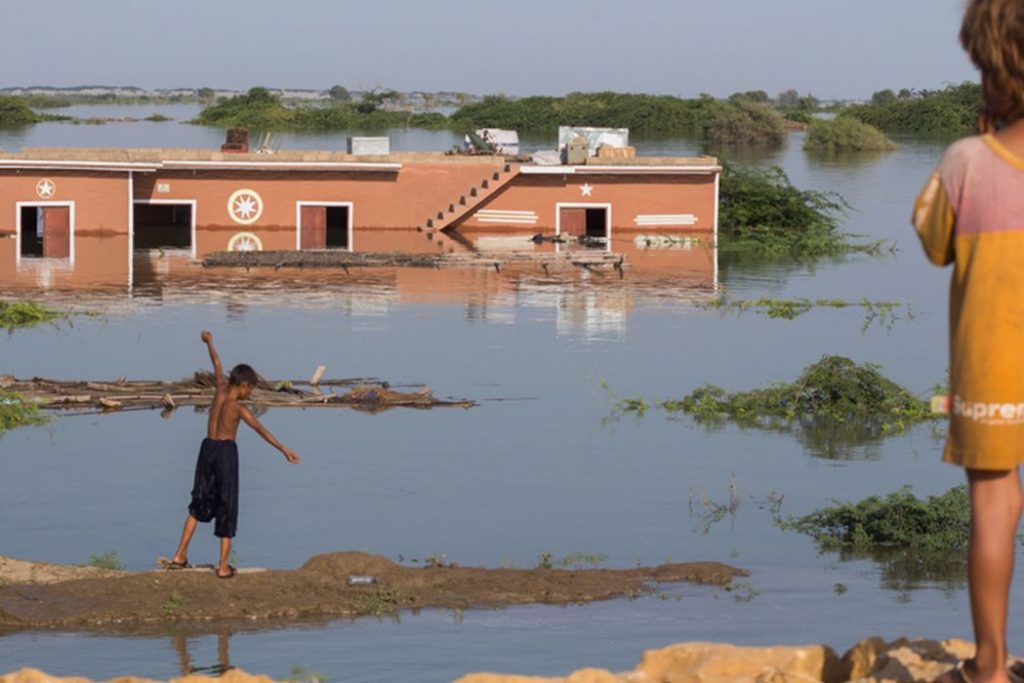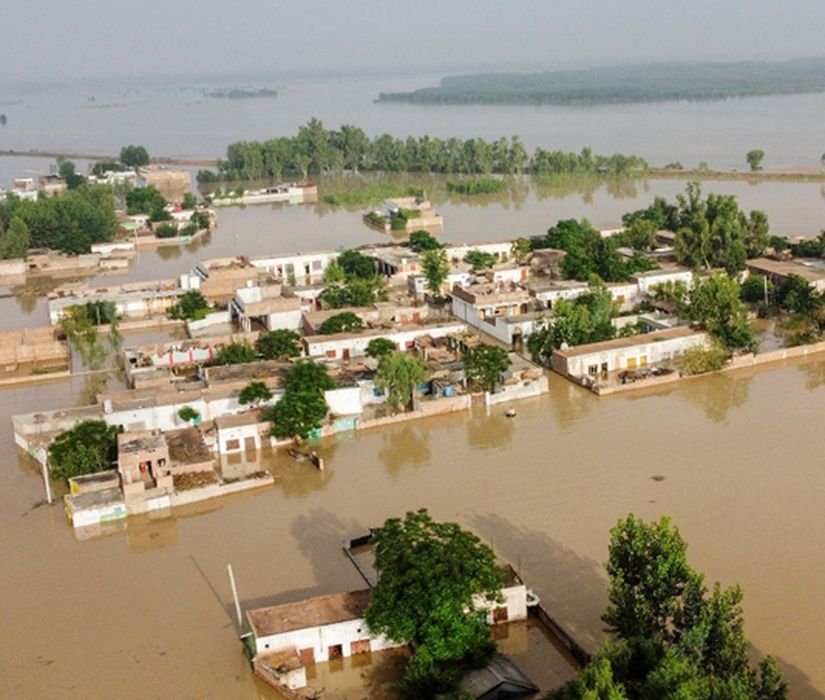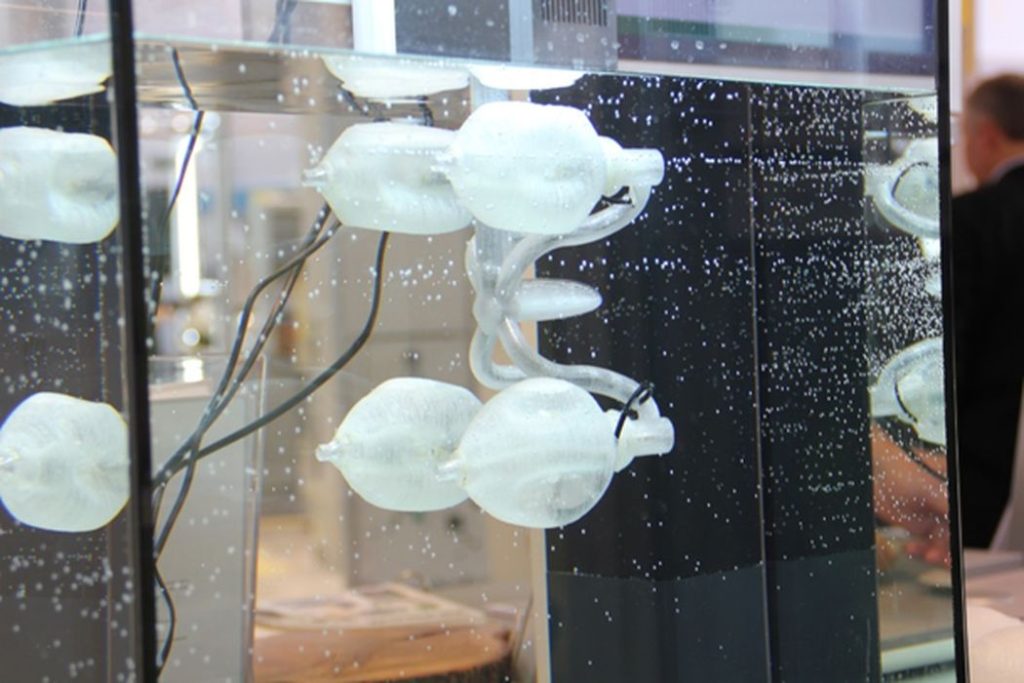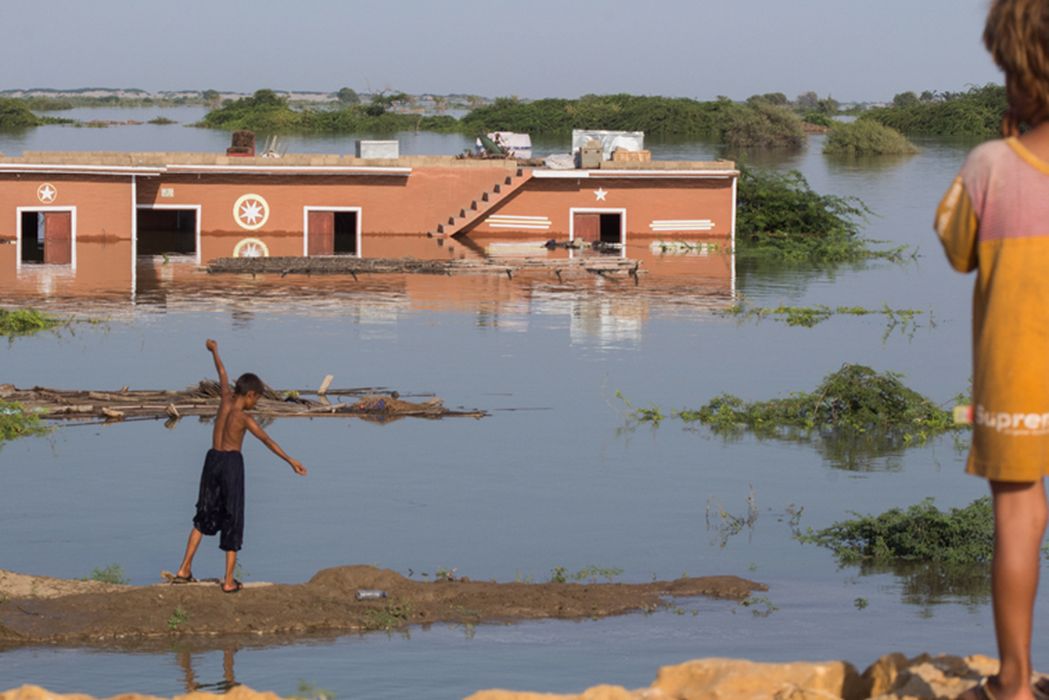
Charles R. Goulding and Preeti Sulibhavi hope Pakistan will release their ban on import of 3D printers to assist in flooding relief.
Almost one-third of Pakistan has experienced massive flooding this year. The flooding has displaced over 30 million people, moving over 600,000 people into relief camps. Losses exceed US$40B, and flood waters have washed away entire villages. This has left millions homeless and without adequate drinking water.
How to help the people afflicted by this dire situation? How to rebuild? Grab a 3D printer and get started.
Items that will be needed to rebuild include concrete for housing structures, bridges, lighting, utilities, clean water and appliances. 3D printing can assist in all these categories.
Unfortunately, Pakistan has rather restrictive policies for the import of 3D printers, with the procedure being burdensome and time-consuming. In 2016, Pakistan placed a ban on the import of 3D printers, citing threats to national security as these printers could be used to manufacture illicit weapons.
While it is correct that some components of weapons can be made through this technology, 3D printing of the most important parts like the chamber, or the barrel is extremely difficult and is much easier to make such parts from a milling machine as opposed to a 3D printer.

We have covered how Pakistan has been slowly opening up to 3D printing in the textile sector. But now, more than ever, Pakistan needs to integrate 3D printing into its rebuild process. 3D printing offers an excellent avenue to improve housing, food supplies, healthcare and educational facilities. Due to the intricate nature of the emerging trend of Internet of Things (IoT), no country can afford to restrict the use of 3D printers, especially right now.
Much of the flooding has been attributed to exacerbated environmental factors. Global warming has been identified as part of the problem and the underlying reason for the immense flooding.

Pakistan is pressing donors for flood aid. Sherry Rehman, Pakistan’s climate change minister, said “If you look at the numbers, it is the climate event of the century, not just for Pakistan but for the world….It surpassed all numbers for climate events and it is now creating a catastrophic health crisis.”
There are a limitless list of items Pakistan needs to rebuild that 3D printing can assist the people of Pakistan with. The opportunity for the 3D printing industry to get involved is glaringly obvious.
The Research & Development Tax Credit
The now permanent Research and Development (R&D) Tax Credit is available for companies developing new or improved products, processes and/or software.
3D printing can help boost a company’s R&D Tax Credits. Wages for technical employees creating, testing and revising 3D printed prototypes can be included as a percentage of eligible time spent for the R&D Tax Credit. Similarly, when used as a method of improving a process, time spent integrating 3D printing hardware and software counts as an eligible activity. Lastly, when used for modeling and preproduction, the costs of filaments consumed during the development process may also be recovered.
Whether it is used for creating and testing prototypes or for final production, 3D printing is a great indicator that R&D Credit eligible activities are taking place. Companies implementing this technology at any point should consider taking advantage of R&D Tax Credits.
Conclusion
During a time of crisis, such as the 2022 flooding in Pakistan, it is important to consider all available technologies to help rebuild. 3D printing should be at the top of the list of technology and resources Pakistan considers as it ramps up its efforts to rebuild.

